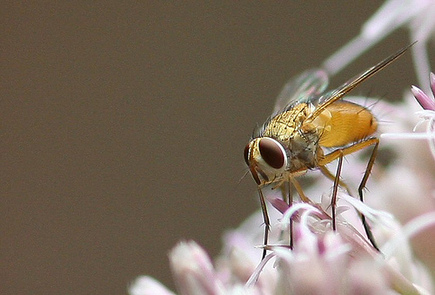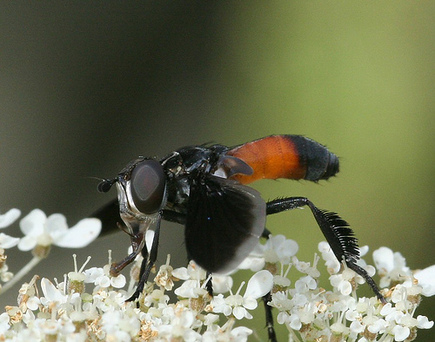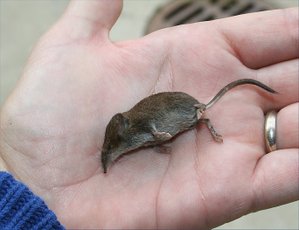I’ve been working on another post, but a related item has cropped up that I just can’t quite get out of my head, and I’m surprised that there has been relatively little buzz about it.
In the most recent (17 Aug) issue of Science (317:888-892), there is a staff-written piece, Gambling on a Ghost Bird. Birder’s World editor Chuck Hagner revealed an acutely distressing fact from this article:
It reveals that members of the Cornell team worked mighty hard behind the scenes to silence skeptics Jerry Jackson, Mark Robbins, and Rick Prum. … Cornell Lab director John Fitzpatrick [confronted] Jackson in
August 2006 … going so far as to offer him “co-authorship on a future paper” if he would withdraw a letter to The Auk. Jackson’s reply: “That’s not how I operate.”
Here is the excerpt from the Science piece:
…Fitzpatrick confronted Jackson during an August 2006 meeting in South Carolina and asked him not to publish[*]. Jackson recalls Fitzpatrick heatedly telling him, “You are going to be independently responsible for the extinction of the ivory-billed woodpecker because you are preventing me for raising money for conservation.” Shortly thereafter, Fitzpatrick contacted Jackson again and offered co-authorship on a future paper if Jackson would pull his letter. “That’s not how I operate,” Jackson told him.
Earlier, as rumors of Jackson, Robbins, and Prum’s paper surfaced, James Tate, then science advisor to former Department of Interior Secretary Gale Norton, called Jackson and told him to “back off.” That the Bush administration would try to suppress dissent doesn’t surprise me, but Tate is a former assistant director of Cornell Lab of Ornithology, brought into the fold early in the game by Fitzpatrick.
Ever since reading those words, I’ve been really disturbed.
Like many thousands of other people, I greatly admire what Cornell Lab of Ornithology has done for birds and citizen science. But if the above accusation is true — and I have heard from friends of Jackson that it is essentially accurate — it seems unethical at best, and certainly flies in the face of the spirit of fairness, balance, and objectivity of science. I’ve never been comfortable with Cornell’s, let’s say, overly optimistic interpretation of the results of their Arkansas search. This latest revelation just puts a fine point on it.
I’m already inclined to withdraw my financial support from Cornell. I have no interest in funding anything more to do with IBWOs, not only because I don’t believe they are still extant, but because I feel that Cornell violated my trust. Trying to suppress opposing viewpoints is a form of scientific fraud.
Yet I’d like to see their other work continue. What’s the solution here? That Cornell admits they oversold the whole affair? That Fitzpatrick resigns? I don’t know.
* – This is the letter Fitzpatrick did not want Jackson to submit:
Jackson, Jerome A. (2006): The public perception of science and reported confirmation of the Ivory-billed Woodpecker in Arkansas. Auk 123:1185-1189.























 I received an awesome book just in time for summer:
I received an awesome book just in time for summer: